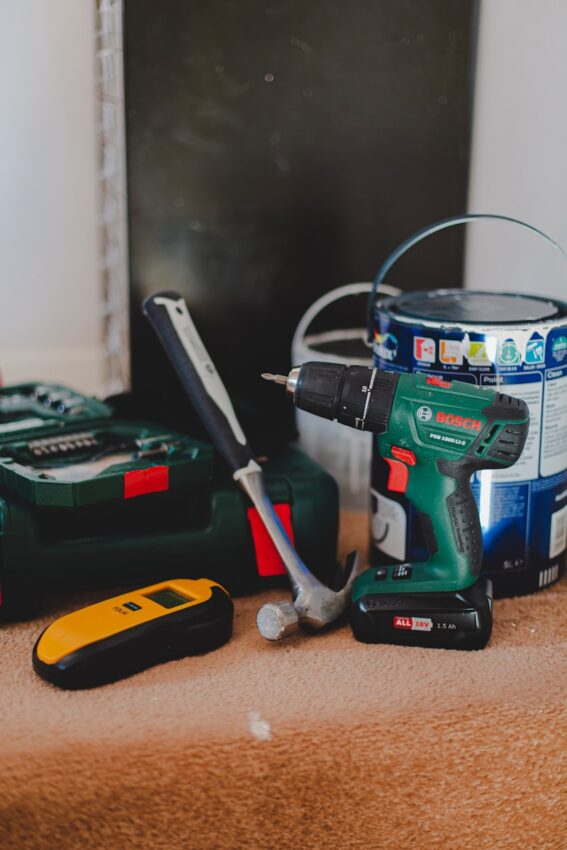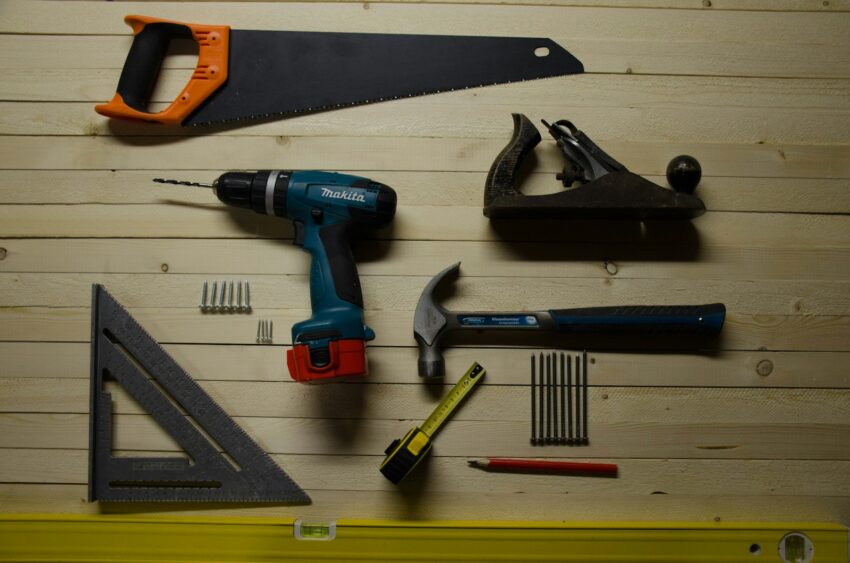Imagine finishing a beautiful renovation—fresh paint, sleek finishes, and everything exactly where it should be. Then, a small leak behind the wall threatens to undo it all. Now, you’re stuck cutting into brand-new drywall just to reach a shutoff valve. It’s a frustrating and all-too-common scenario in both residential and commercial spaces.

That’s where plastic access panels come in. These simple, smart solutions provide discreet access to plumbing, electrical, and mechanical systems without compromising design.
Whether you’re a general contractor or renovation planner, integrating plastic access panels into projects can significantly reduce repair time, simplify future maintenance, and help protect your hard work.
After all,no one wants to tear down drywall just to tighten a valve.
What Are Plastic Access Panels—and Why Are They Worth Considering?
Plastic access panels are prefabricated, removable panels designed to conceal and provide access to utility systems within walls or ceilings. Unlike metal or gypsum access doors and panels, plastic versions are ideal for humid or wet environments.
These panels are usually made from high-impact ABS or polypropylene plastic. They’re naturally rustproof, moisture-resistant, and often paintable—making them easy to blend into finished interiors. Their durability and ease of use make them popular for residential and light-commercial applications.
Plastic access panels are found in various locations, including bathrooms, kitchens, laundry rooms, basements, utility closets, and office breakrooms. Some even install them in unique places like jacuzzi tubs or recreational vehicles. These access solutions come in multiple sizes and configurations, allowing for versatile installation in walls and ceilings.
If you need discreet, reliable access without sacrificing aesthetics or adding extra weight, a plastic access panel is a smart and versatile choice.

Renovation Pain Points They Help Solve
Renovation projects, whether big or small, are all about creating something new and improved. However, it’s easy to get caught up in the design and overlook the practicalities of future maintenance. This is where plastic access panels can help:
- Quick Repairs: When something goes wrong, the last thing you want is to break open a wall. A plastic access panel gives instant access to hidden systems—making small fixes small.
- Routine Maintenance: Need to inspect a valve or HVAC component? Just open the panel instead of delaying the job or cutting through the finished drywall.
- Leak Detection and Damage Prevention: Unchecked plumbing leaks can damage finishes and materials. Easy access points help people catch problems early before they become costly.
- Time-Saving for Contractors: Access panels simplify work for electricians, plumbers, and HVAC techs. With clear entry points, you avoid delays and reduce callbacks caused by inaccessible systems. A well-placed plastic access panel can be the difference between a 10-minute fix and a full-day do-over in busy utility areas.
By addressing these pain points, plastic access panels help ensure renovation projects stand the test of time—without requiring invasive repairs later.

Ideal Applications in Renovation Projects
Whether remodeling a residential property or upgrading a commercial space, plastic access panels offer versatile functionality in nearly every room. Here are some ideal places to install them:
Residential Spaces
- Kitchens: Dishwasher shutoffs, water valves, behind cabinetry
- Bathrooms: Shower diverters, bathtub plumbing, fan wiring
- Laundry Rooms: Hose connections, dryer vent hookups
- Basements/Utility Areas: Sump pumps, breaker boxes, low-voltage wiring
Commercial Spaces
- Office Spaces: Data cabling junctions, HVAC dampers in conference rooms
- Retail Environments: Concealed plumbing or lighting controls behind displays
Since they’re easy to install and come in multiple sizes, contractors and renovators can use plastic access panels virtually anywhere an important system needs to remain hidden but accessible.
Whether working on a cozy condo or a commercial office floor, a well-placed panel keeps your project running smoothly long after the final walkthrough.
Why Plastic Access Panels Are a Renovator’s Friend
Whether you’re a seasoned contractor or a hands-on building owner, plastic access panels are a renovation must-have. They simplify the job —not just during installation but long after the dust has settled.
- Simple Installation: Most panels feature snap-in or screw-in designs so they can be installed quickly without special tools.
- Highly Durable: They’re resistant to rust and moisture, making them ideal for areas like bathrooms, basements, or laundry rooms where durability matters.
- Budget-Friendly: Compared to metal panels or custom drywall solutions, plastic options are more affordable, which is helpful when managing multiple access points.
- Design-Friendly: With smooth finishes and paintable surfaces, these panels can blend in with the walls or ceilings for a clean, finished look.
Plastic access panels offer an efficient solution that saves time and effort while keeping future maintenance in mind. They are a simple but powerful upgrade for any renovator focused on smart design and long-term functionality.
Meeting Modern Renovation Demands
Most people now expect more from their spaces. They want renovations that are not only beautiful but also smart and sustainable.
That means making future maintenance easy and noninvasive. A plastic access panel does that, offering seamless access to essential systems without damaging finishes or disrupting daily life.
This attention to detail reflects professionalism and foresight for general contractors and renovation planners. It signals that you’re not just building for today but planning for what comes next.
Even better, they can support light sustainability efforts. These panels minimize demolition and prevent moisture damage, helping preserve materials and reduce waste over time.
In short, access panels are one of those small touches that can make a big difference in how your renovation is experienced, maintained, and remembered.
Pro Tips for Choosing and Installing the Right Access Panel
Not all access panels are created equal. Here’s how to make the right pick and get the most out of it:
- Match Panel Size to the Job: Consider the size of the system component behind the wall or ceiling. Too small, and you’ll be squeezing; too large, and it’s overkill.
- Choose Paintable Options: If visual blending matters, pick panels with paintable finishes to match surrounding surfaces.
- Go Tamper-Resistant in Public Areas: In offices, retail spaces, or homes with children, select panels with tamper-proof latches or locks for extra security.
- Think Moisture-Resistant for Wet Zones: When installing near showers, laundry areas, or exterior walls, use UV-stabilized or waterproof-rated models to prevent deterioration over time.
Installation is typically straightforward—just cut an opening, secure the frame, and snap the panel into place. Still, always follow the manufacturer’s guide for the best results.
You’ll ensure reliable performance by thinking ahead and choosing the right panel for each space.
Final Thoughts: Small Details, Big Payoffs
Including a plastic access panel in your renovation plans might seem like a small step, but it pays off in big ways. It keeps utilities within easy reach, saving time, reducing post-project headaches, and protecting your beautiful work.
For contractors, it’s a professional touch that speaks volumes. For property owners, it’s added value and peace of mind.
When you renovate with maintenance in mind, you build smarter, which keeps your work strong long after the paint has dried.
